Often, especially in design, the subversion of rules lets us see things in a new perspective. To create something new. This is the line of reasoning behind an operation that Alpi, a producer of decorative composite wood surfaces, has been implementing since 2017.
In the first episode, Re-Connection, Martino Gamper has (re)interpreted the wood patterns of Ettore Sottsass. One year later, Alessandro Mendini was invited to take part (Tre Primitivi), followed by Piero Lissoni (La tavola degli elementi). In these collaborations, the designers, through special editions, have given form to the materials produced by the company, with total creative freedom. A project of pure research.

The protagonist of the latest collaboration is Ron Arad, a designer who from the start of his long career has moved in an area often based more on the logic of art than on that of industry: one-offs, halfway between design and sculpture, relying on complex manual workmanship. The results are three ‘de-compositions’ of three of his famous curved chairs, whose soft volumes have been transformed into a series of intersecting planes. The creations have been photographed by Pierpaolo Ferrari in the hyper-saturated colors that are his trademark.

“My work is usually associated with metal, rarely with wood, though recently I have done a project with wood that I like very much. So when Vittorio (Alpi, the owner of the company, ed.) called me, it seemed like an interesting thing to do,” says Arad from his home-with-studio in London. “When he asked me to give the project a title, I immediately thought about If I were a Carpenter, the song the musician Tim Hardin performed in 1969 at the Woodstock festival: Vittorio immediately agreed. Then we realized that young people don’t catch the reference… but so be it.”
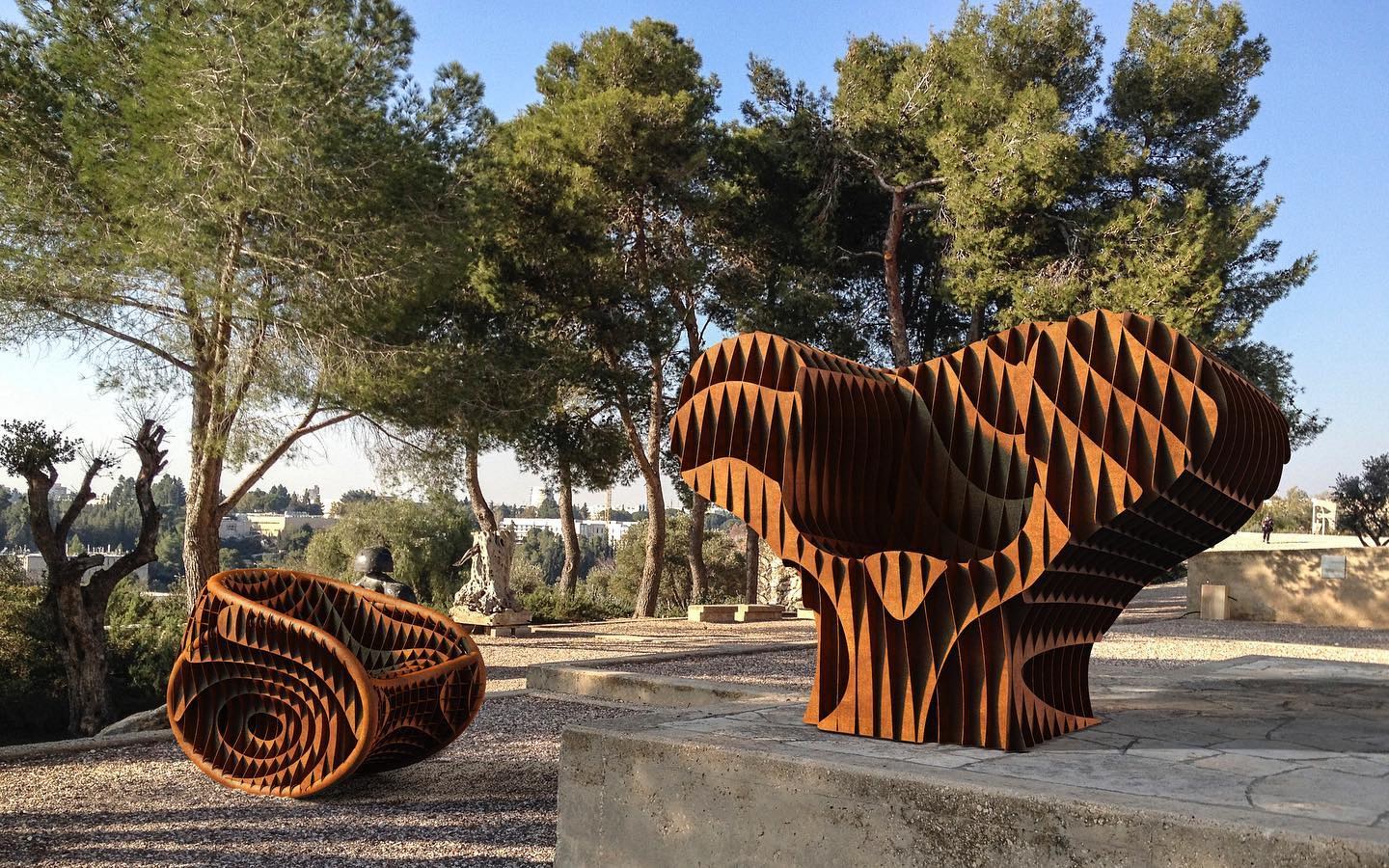
How long did it take to develop the project?
Many of my works have support frames. For example, like the Fiat 500 cars I made for the exhibition In Reverse at the Lingotto in Turin. Why cover them? They are so beautiful… So I began to play with Cor-ten, and I made a series which I called Blame the Tools. I thought it would be nice to also do that with wood, with different colors, that would change depending on the vantage point. With this procedure three one-offs were made, versions of Big Easy, Oh Void, and Southern Hemisphere. And I also wanted the cross-section of the boards to be beautiful, to take advantage of the cut. We did this by phone or on Zoom – it was quite surprising to be able to implement such a complex project in this way.
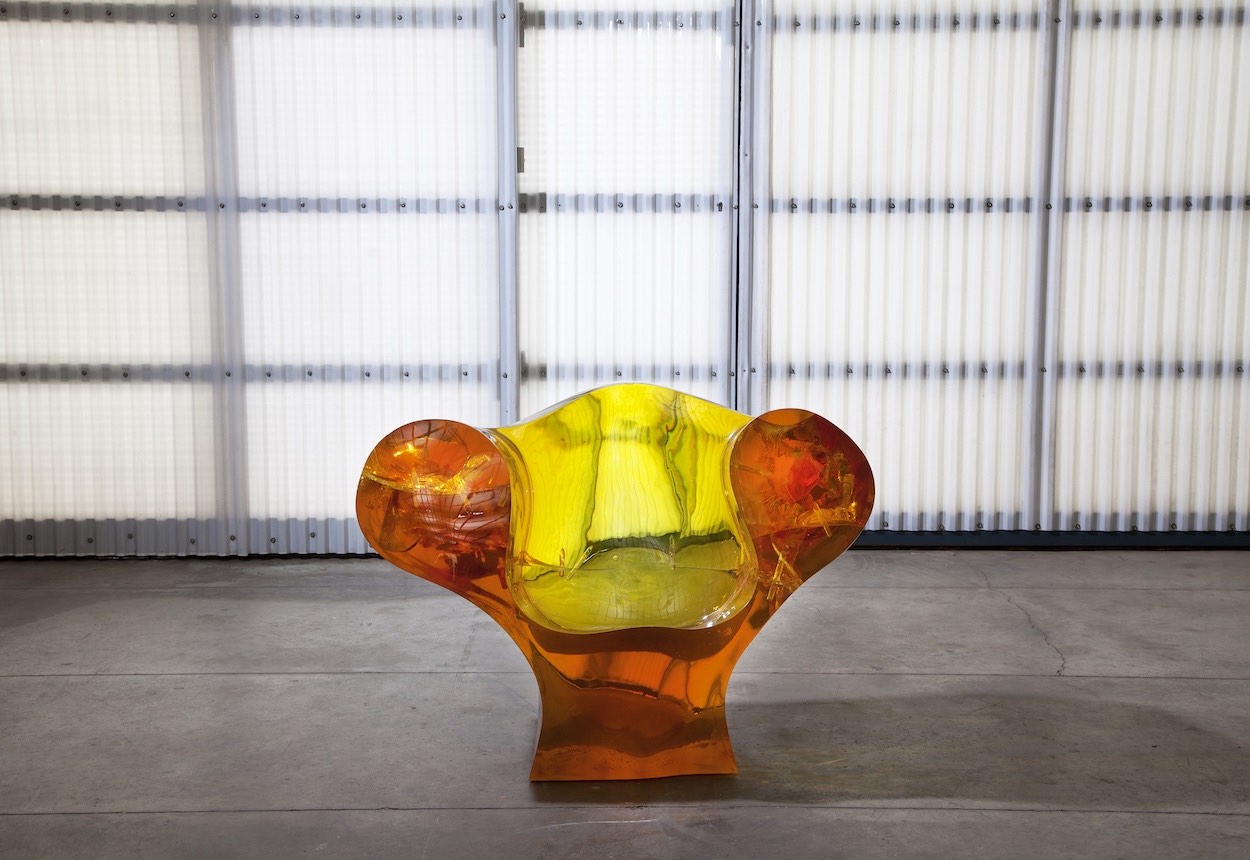
What was the most interesting or most amusing aspect of this work?
All the wood samples they shipped to my home. It is useful to have the materials where you can see them, which often opens the way for new projects. Over time, this is how the various versions of my chair Big Easy (Moroso) came about: it was in polyethylene, steel, in metal wires woven by artisans in Dakar, Senegal; now a workshop in Madrid makes them for me in resin.
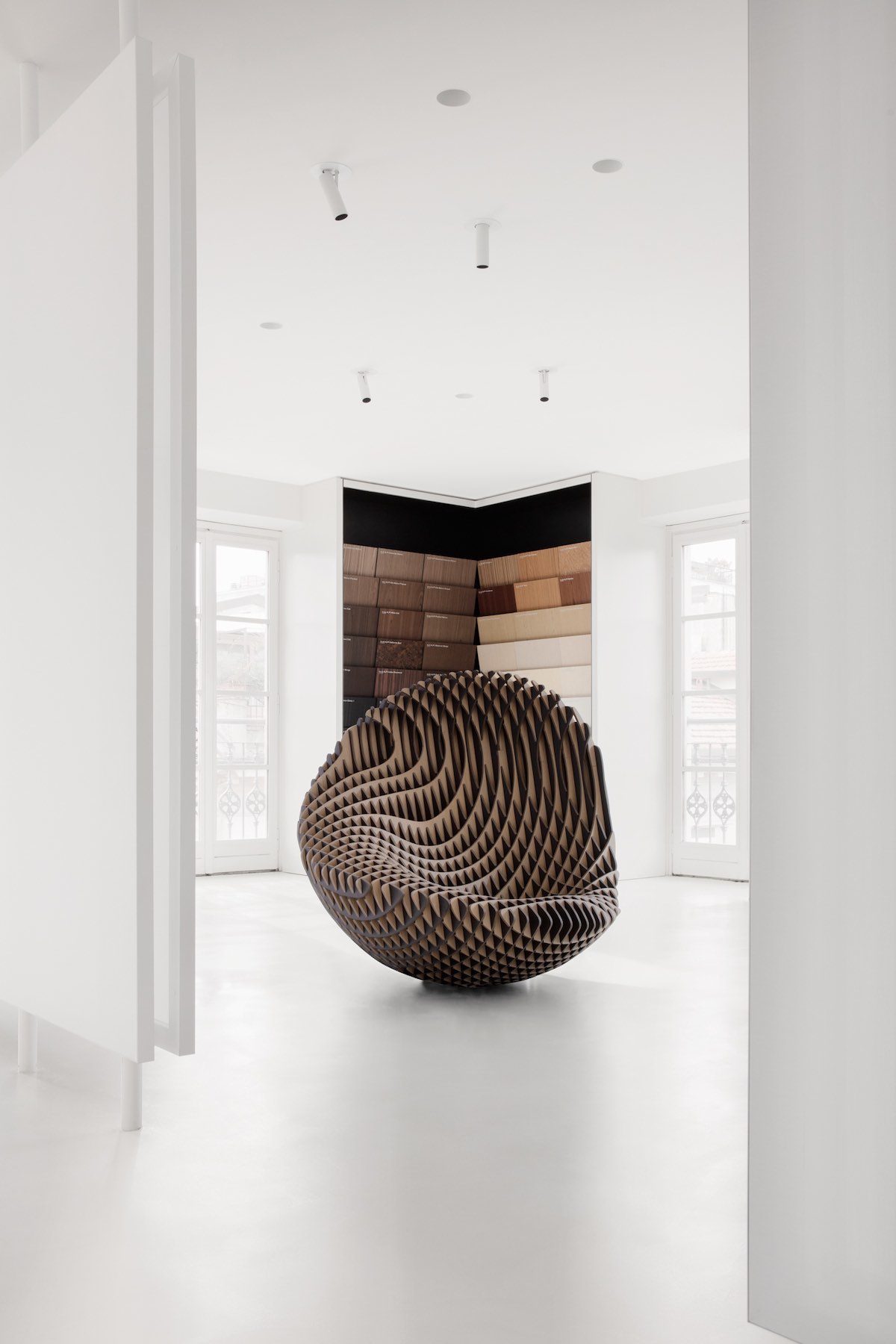
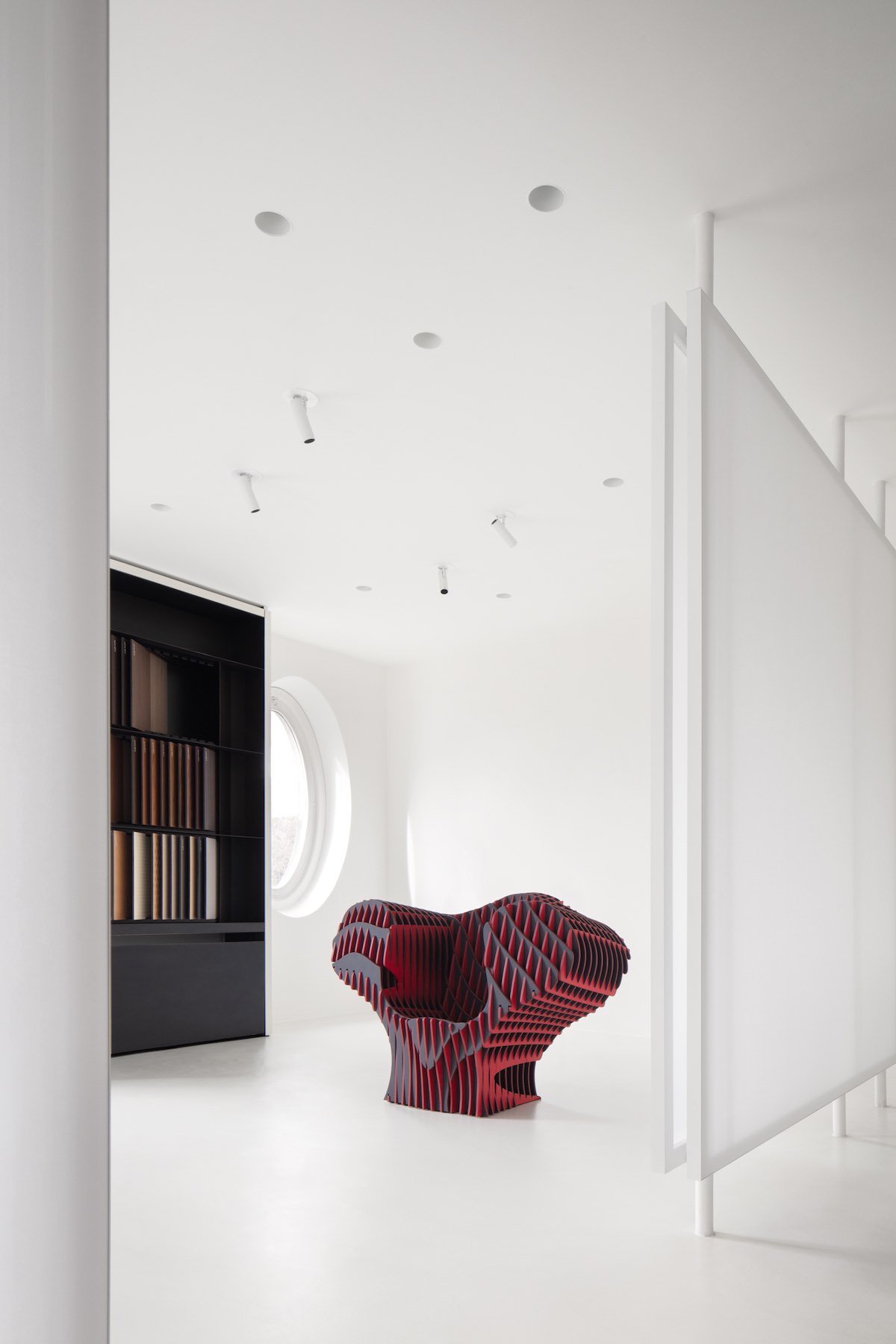
What were the criteria behind the choice of the three chairs in this project?
The first object of the BTT series was the Solid Rocker: it was made with an internal framework, and when they began to cover it in the workshop, I said, “Don’t do it, it’s works very well as is.” They had to be pieces with a clear volume. It was an easy choice.
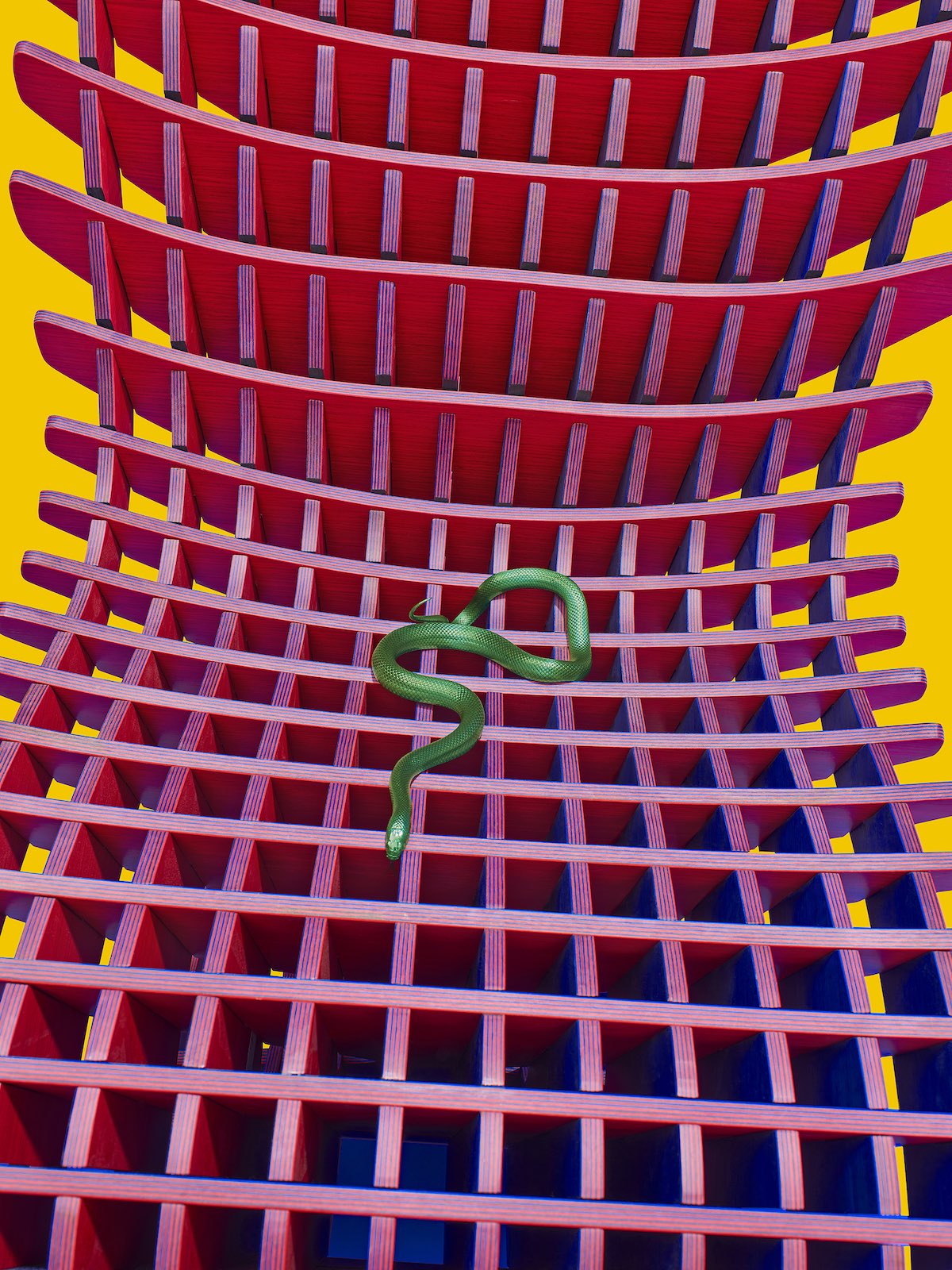
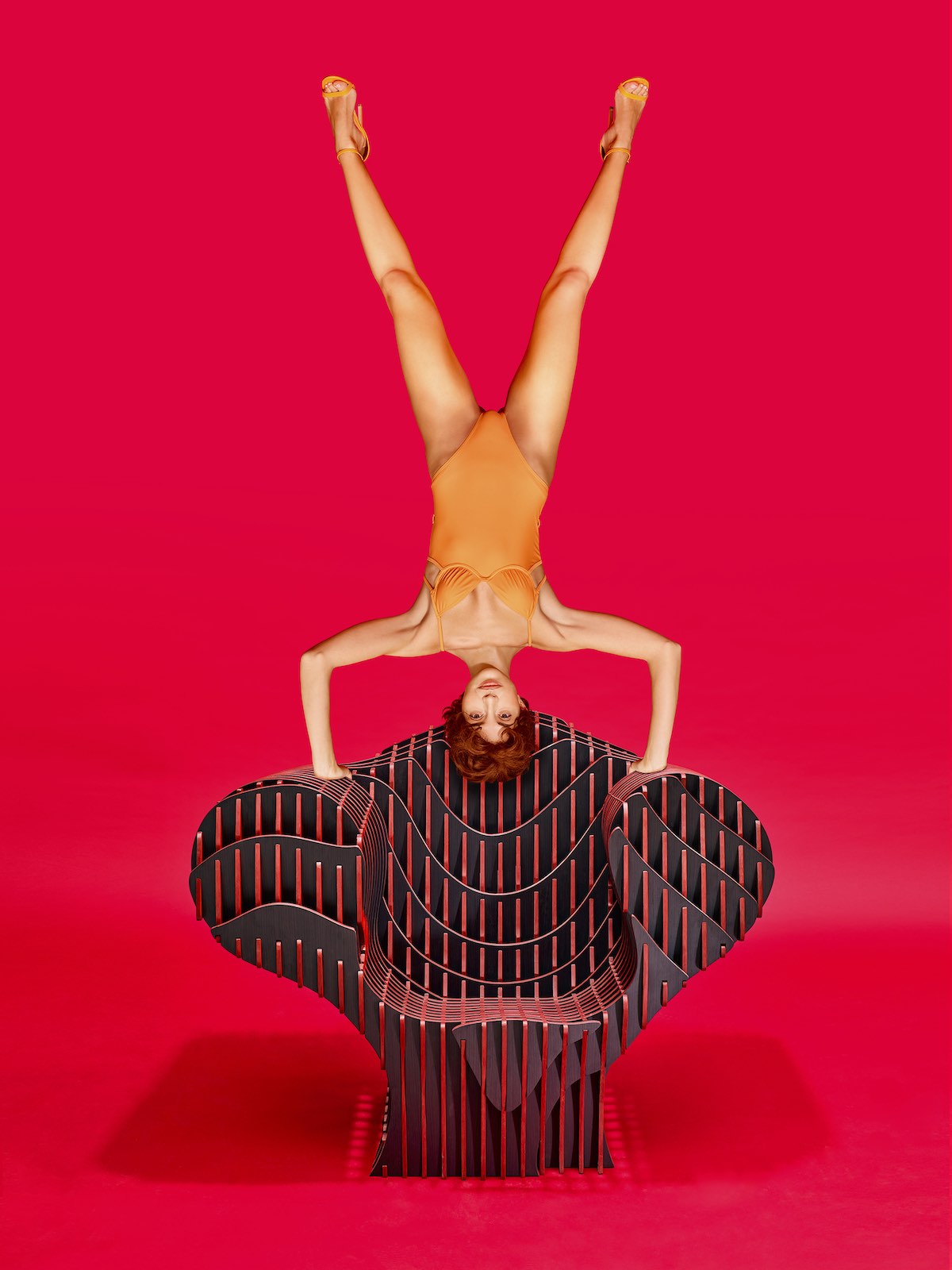
And the choice of Pierpaolo Ferrari to photograph the pieces of If I were a Carpenter – was that your idea?
No, I had nothing to do with it. That was a choice of Alpi. I think it was a good one, because it allows me to see my work in a new way. Which is how it should be: I simply design the pieces. Once they’ve been made, they are no longer ‘mine.’ To see a naked person on these objects, for example, makes me think about whether they feel good, or feel uncomfortable. When you make seating, it is always interesting to see someone sitting on it: in the project Dubito Ergo Cogito I went back to the base of The Thinker by Rodin, but I removed the character. I thought he might want to go on vacation. The piece was installed at Regent’s Park during the week of Frieze: it was incredible to see how many people had their pictures taken on it.
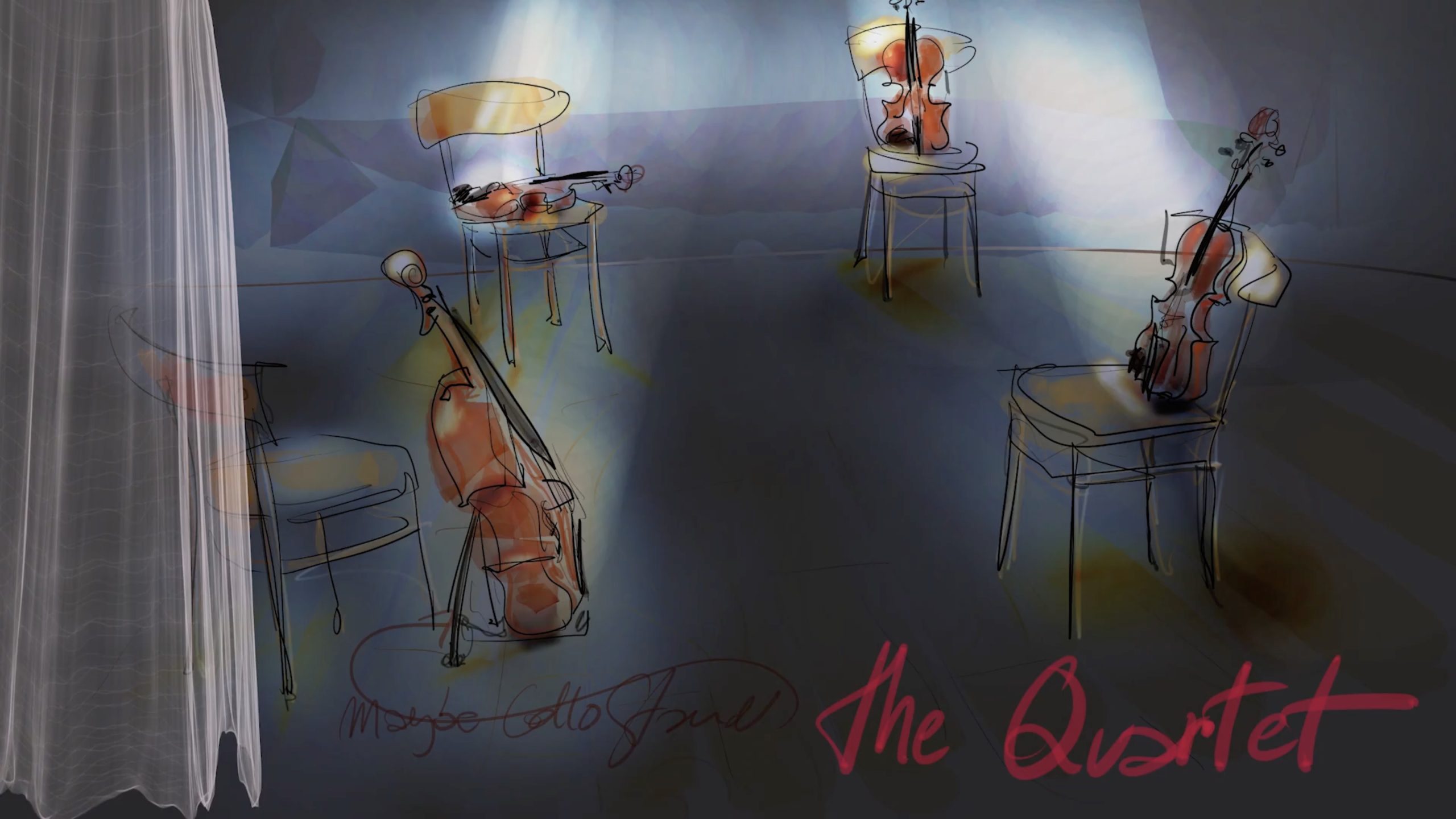
Previously, you mentioned another project done with wood: could you tell us about it?
I created a string quartet that plays without instrumentalists and was exhibited at the Gordon Gallery in Tel Aviv. Each instrument contains an actuator that makes it vibrate: various versions have been made, and they all have a wonderful sound. My brother Atar Arad, who plays the viola, composed a quartet for the occasion. I kept only the structure, eliminating the strings. I played with the form: one is a tribute to the sculptor Arman, another is painted in a black that is so black (contained in a frame of the same non-color) that you feel it rather than see it. Some have inscriptions etched into the body, like the classic sound holes on stringed instruments. They are all made by an exceptional craftsman, Stefan-Peter Greiner.







